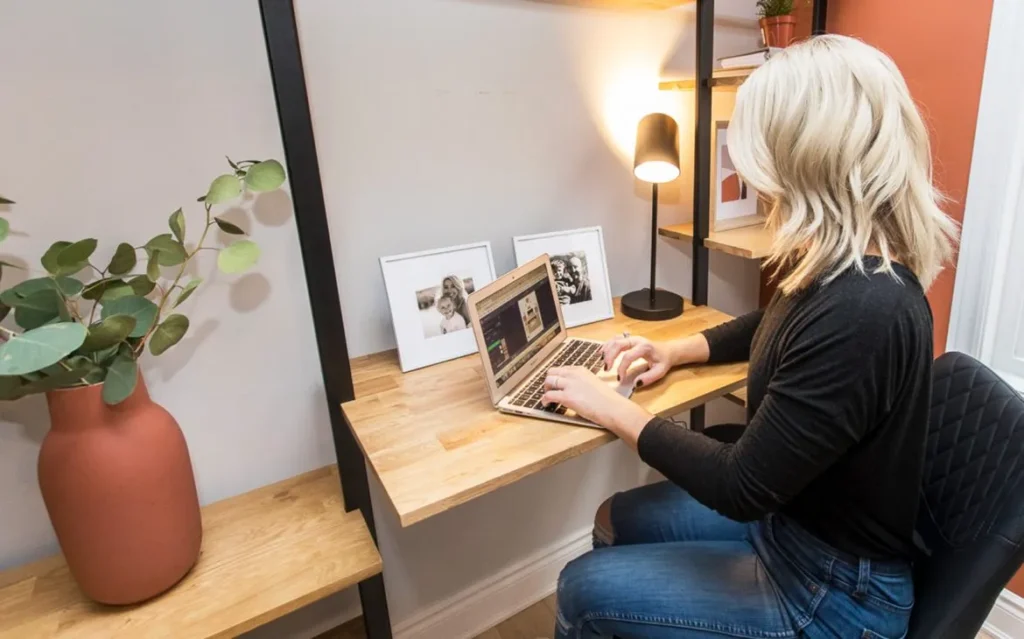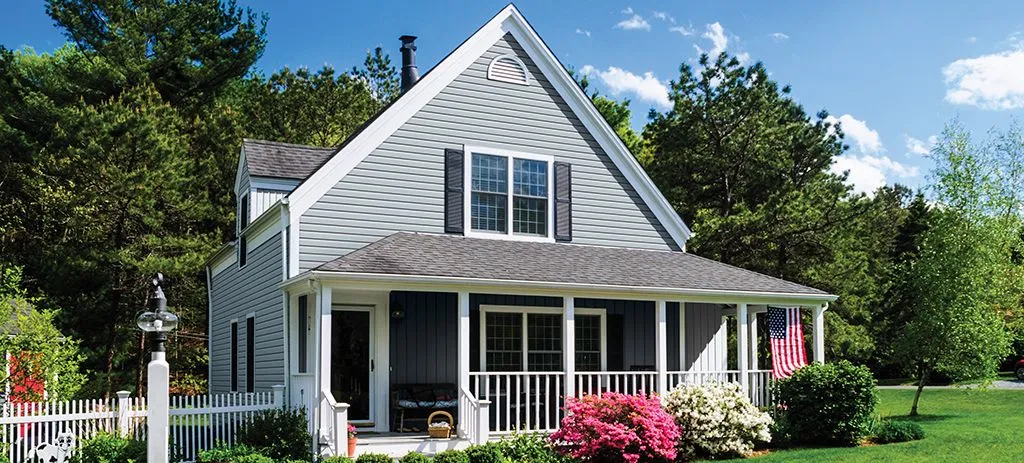Home improvement is entertaining, yet it can be costly. From renovating a kitchen or a bathroom to adding curb appeal to your house, the costs can add up very fast. So, find out how you can manage these costs.

Knowing how to save money on home improvement will help someone always stay within their set budget as they change their living space.
What Makes Home Improvement Costly?
Probably the first thing that people will ask is why projects of home improvement tend to set people back by so much money.
A few factors contribute to the eventual costs of renovations and repairs; these include materials, labor, permits, and unforeseen problems.
Below are a few reasons why the price tags on home improvements are big:
1. Materials are Very Expensive
Most of the building materials used, like wood and metals, are very costly. Prices also continue to fluctuate.
For example, there has been an incredible leap in the price of lumber over the last few years; hence, projects that require its application, such as constructing decks or extending homes, have equally been very expensive.
2. Labor Costs
Professional contractors are all pretty expensive, from plumbers to electricians to painters, especially on a high-scale project.
Most of the time, skilled labor will either charge an hourly wage or some type of markup based on costs.
3. Permits and Inspections
Most of the renovations require permits from local government authorities. These are obtained at a cost.
Some improvements require inspections to meet the local building codes—for example, electrical and plumbing jobs.
4. Unexpected Issues
Once a renovation gets underway, hidden issues such as mold, plumbing problems, or structural damage may be revealed. Repairing these increases the relevant cost of any given project.
Knowing these factors helps in the establishment of a realistic budget. Thankfully, there are ways around them and plenty of other means to save pennies without sacrificing quality.
How to Save Money on Home Improvement

With those reasons as to why home improvements can be costly, here are some strategies for saving money on your project. 8 effective ways to stretch your home improvement budget.
1. Create a Budget That Works
First of all, any home improvement should have an operating budget articulated. Be sure to estimate the cost of materials and labor.
Then add to that a contingency of 10% to 20% for those unexpected expenses that always seem to pop up.
A well-planned budget helps one avoid overspending and makes certain that it remains on the financial track.
2. Do It Yourself When You Can
One of the great options to save money on home improvements is to do some of the work yourself.
Whether it be painting walls, laying new floors, or assembling furniture yourself, doing such tasks yourself really cuts labor costs.
However, be very careful when considering complex projects, like electrical or plumbing tasks that really do require skilled professionals.
3. Shop Around for Contractors
If you need professional help on your project, obtain many quotes from various contractors. Do not satisfy yourself with just one.
Comparing the estimates is very likely to present you with one that is within your means.
You can even ask for references and look for reviews online for those offering particular services to ensure quality service for what is considered a fair price.
4. Supply Your Materials
This often means that many contractors have a markup on materials. Save dollars by supplying the materials yourself.
Keep an eye out for things that are usually on sale, discounted, or provided through a wholesale supplier, including but not limited to flooring, tiles, and fixtures.
Consider extra savings through the use of recycled or reclaimed materials sourced from salvage yards by posting ads on Craigslist or Facebook Marketplace.
5. Focus on High-Impact Areas
Budget your money and target areas that would impact your home’s value the most. This usually includes kitchens and bathrooms, where updates often yield the most value.
Upgrading either of those rooms could help you get the biggest bang for your buck without having to spend thousands on other areas.
6. Tackle One Project at a Time
Although one might be anxious to redo an entire house at once, allowing projects one at a time can get the budget in over a period of time.
Doing minor renovations piecemeal means one does not get over-indebted and can, therefore, afford to save money for other upcoming renovation projects.
7. Take Advantage of Off-Season Discounts
Just consider the fact that home improvement costs will always tend to be higher when the peak season is considered, especially during the warmer months of the year.
Where possible, plan your projects in the off-season when there might be discounts from contractors or one that could be more willing to lower a rate.
During the fall and winter months, many materials and appliances go on sale.
8. Consider Financing Options Wisely
Consider home improvement loans or even a HELOC if your project is big and you just don’t have the immediate cash flow. Shop for the best rates and terms.
Do not try to use high-interest credit cards to finance home improvements because the interest costs build up very quickly.
Can You Save Money by DIYing?

The question everybody wants to know is whether they can save money doing home improvements themselves. Actually, yes, but only if you’re very careful in choosing the right projects to undertake.
While painting, landscaping, and minor repairs can save you hundreds or even thousands of dollars, attempting to handle complicated projects without the requisite skills-for example, electrical work or major plumbing repairs-will cost you more money in the long run.
Poor work may require professional corrections, or worse, cause safety hazards.
Doing it yourself is the best home improvement means, as this may be quite fun and not expensive for small or less complicated projects.
However, experts should be called upon in case there is a more technical type of job so that one does not commit costly mistakes.
How Much Should I Spend on Home Improvement?
Again, how much money should be invested in home improvement depends on some factors, including type, value of your home, and long-term plans.
Generally speaking, experts say that you should not spend more than 10 to 15 percent of the value of your home in any major renovation.
For example, if your home is valued at $300,000, you would not want to spend more than $30,000 to $45,000 for a big-ticket remodel, such as a kitchen remodel or adding a room.
Also, if you are planning to sell your home sometime soon, then focus on those improvements that provide resale value.
If by luck it stayed in your house for an extended period, then focus on projects that would more have an impact on enhancing your quality of life and comfort.
Conclusion
Knowing how to save on home improvement helps in keeping the work on time and within your set budget.
These tips shall help in keeping your savings for a big renovation or simply to make minor upgrades to your house without going overboard with the expenses.
Some ways one could plan home improvement without breaking the wallet would be through having a realistic budget, sourcing materials yourself, high-impact areas, and taking advantage of off-season discounts.
Keeping in mind, along with watching your expenses, these tips will provide you with your dream home without giving you financial ulcers.







